iThink is an intelligent e-reading platform, which not only enables the reading of e-books, but also helps in understanding those.
No matter how complex nonfiction book or scientific text may be, iThink can capture and visualize the author’s and the reader’s way of thinking, making the knowledge contained within the book easer to navigate, adopt, and share. Additional features and Internet services of iThink make each e-book a foundation which authors and readers use to build upon – adding new knowledge in an explorative, dynamic, and multi-perspective way.
The aim of the iThink project is to envision, design and deliver electronic reading environment which differs from “classical” readers in that it helps humans in the process of understanding -not only reading- the book material.
Project web site: LINK
Following major functionalities are currently provided by iThink:
- iThink Reader has possibility of 2 presentation modus: Syntax & Semantic.
- Displaying of the book layout (preferably in EPUB format) and understanding of complex knowledge.
- Additional Web search of different media and implementation of advanced iPad possibilities.
SERVICES PROVIDED BY iTHINK READER
Standard (syntactic) navigation
- Text is organized by paragraphs and chapters. Within one chapter user scrolls the view up and down by a single gesture. Between chapters, the slider can be used or finger gesture left/right or direct jump from the menu.
- Text can be seen as page-less, i.e., continuous flow of text and images (using scrolling gestures to get a sense of “where are we in the text”)
Semantic navigation
- Semantic structure of the text is visualized. It is interactive and allows the reader to change location – see the current “semantic position”. This could be achieved using a new kind of “Table of contents” –as “Network of contents”.
- In scientific papers, syntactic and semantic structure of the text is often very similar. Still, there are smaller items scattered around the text, e.g., related research, references, small experiments. These are not necessarily all grouped in a single place. iThink could virtually group them through some mechanism of selection (aspects) and visual emphasis. Think in terms of keyword, category, and aspects based selection.
In this first lite version of the application there is included a sample part from the new upcoming book by ORTLOS entitled “Architecture of the Networks – The Emergence of Networked Design and Thinking”.
5 Comments
Add comment Cancel reply
You must be logged in to post a comment.
This site uses Akismet to reduce spam. Learn how your comment data is processed.
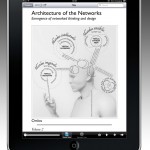
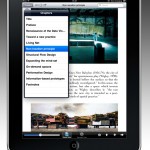
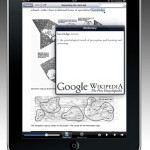
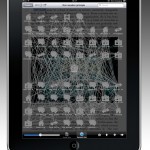
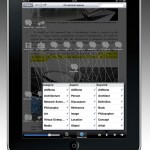
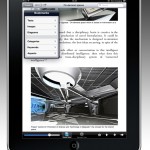
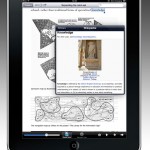

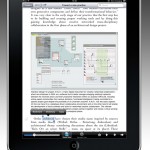
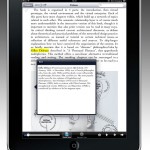

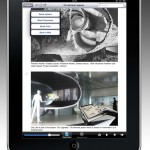
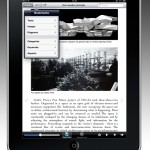

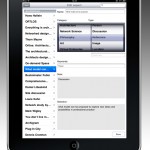

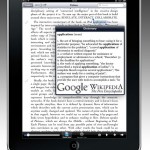
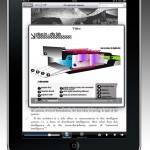
As a College Prep Reading teacher, I can see the potential in this app; however, until I can upload a document and play with the semantic side, it’s difficult to tell exactly how useful or cumbersome the task would be.
How can I acquire a version other than “Lite”?
Thank you.
First, thank you for your kind feedback. At the moment, we have only “lite” version available. Soon an update, version 1.1, will be released on iTunes with much better semantic navigation. We are in continuos process of developing the application so that every user can add his/hers own book (FYI in EPUB format direct from your Word or Pages document), enter the aspects and then the software does the rest in terms of semantics (this is the part where artificial intelligence of the application makes this app truly special). These are the features of the future “pro” version.
Now we are collecting the users’ feedback and trying to develop an app really useful and meaningful for academics like yourself, but not only. Also planned but not realized yet are the features for uploading the book to the server (actually semantic meta-data), and by doing so giving a feedback to the author – this may be also interesting for you, e.g. for reviewing process of students’ work or scientific papers, etc.
“Soon an update, version 1.1, will be released on iTunes with much better semantic navigation.”
Is it “soon” yet?
Thanks.
Hello Thad. Actually the version 1.1 has been released on May the 31st 2011. Please update for free over iTunes. Right now we are preparing a release for a new version, which has ability to add other books to the library and additional semantic navigation by circles (new concept). Thank you for the interest in iThink. Best regards!
Hi, I am very much interested in the extended (Pro?) version of the app on iPad. I see a great value in the app using semantic annotation added to books (content). I worked with semantic wiki-s and this is the closest solution I could find on the iPad for publishing such content.
Is there an update on when the new/pro version is going to be available?
Best regards